Ultimate Guide to Basic Kayak Paddle Strokes
Mastering kayak paddle strokes is essential for efficiency, control, and safety on the water. Whether you're a beginner or a fitness enthusiast, understanding the four basic strokes - forward, reverse, sweep, and draw - can transform your kayaking experience. Proper technique helps conserve energy, prevent injuries, and improve maneuverability. Here's what you need to know:
- Forward Stroke: The foundation for moving efficiently. Use your core, not your arms, for power.
- Reverse Stroke: Key for stopping or slowing down. Rotate your torso for control.
- Sweep Stroke: Ideal for turning. Use a wide arc for better results.
- Draw Stroke: Moves the kayak sideways. Perfect for docking or avoiding obstacles.
Good posture, proper grip, and consistent practice are critical for improving your technique. Inflatable kayaks, like the Sea Eagle series, offer stability and ease for beginners, making them a great starting point. Pair the right kayak with a lightweight paddle for a safer, more enjoyable experience. Whether you're paddling on calm lakes or gentle rivers, these skills will enhance your time on the water.
3 Kayaking Strokes You Need To Know | How To Kayak
4 Basic Kayak Paddle Strokes
These four strokes are the building blocks of effective kayak control. As one expert puts it, "The forward stroke is the most basic and fundamental kayaking stroke." Learning these techniques not only improves your maneuvering but also gives you better command over your kayak.
Forward Stroke
The forward stroke is your go-to for moving efficiently through the water. It has three main phases:
- Catch Phase: Start by rotating your torso and immersing the paddle blade into the water near your feet. Keep the blade close to vertical as you submerge it.
- Power Phase: Engage your core muscles to pull the paddle blade back through the water. Rotate your torso as you do this, focusing on using your core rather than relying on your arms. Maintain a near-vertical blade position for maximum efficiency.
- Release Phase: Lift the blade out of the water once your hand reaches just behind your hip. Stay upright and keep the "paddler's box" intact - this refers to the alignment of your paddle, arms, and chest, which helps with smooth rotation and prevents overextension.
Reverse Stroke
The reverse stroke is all about slowing down or stopping. As noted, "The reverse stroke is used to slow down or stop the kayak."
To perform this stroke, rotate your torso and place the paddle blade into the water near your hip. Then, rotate your body as the blade moves forward, removing it from the water near your feet. This stroke is especially handy when you’re approaching a dock or need to stop quickly to avoid an obstacle.
Sweep Stroke
"The sweep stroke is used for turning the kayak."
To turn, extend your arms forward and place the paddle blade in the water near your feet on the opposite side of the direction you want to turn (e.g., to turn right, start on the left side). Sweep the blade in a wide arc toward the back of the kayak, using your torso rotation for added power. A wider arc will create a more effective turn, so guide the blade carefully and remove it as it nears the hull behind your cockpit.
Draw Stroke
"Draw strokes are used to move your boat sideways."
The draw stroke is perfect for docking, maneuvering around other kayaks, or avoiding obstacles. Start by angling the paddle blade horizontally and extending it out about two feet from the kayak. With the paddle shaft steeply angled, use your lower hand to pull the blade straight toward you, ensuring the blade tip stays submerged. Stop before the blade hits the side of your kayak. If it does, simply relax your grip and reset without forcing the blade out of the water.
For inflatable kayaks like Sea Eagle models, this stroke is particularly effective. Their stable, wide design makes practicing easier and reduces the chance of tipping.
Once you’ve mastered these strokes individually, you can combine them to boost your control and confidence while kayaking.
How to Improve Your Paddle Stroke Technique
Once you’ve got the basics of paddling down, the next step is fine-tuning your technique. Improving your paddle stroke not only boosts efficiency but also helps you stay in control and conserve energy. With consistent practice and attention to the details, you can make each stroke more effective and less tiring.
Grip and Paddle Positioning
The way you hold your paddle can make or break your paddling experience. A proper grip ensures your strokes are smooth and less exhausting.
"Holding the paddle correctly is key to an efficient, non-fatiguing stroke".
Start by understanding your paddle. Check whether the blades are matched or feathered, and note their shape - symmetrical or asymmetrical, concave or flat. This helps you position the paddle correctly every time.
When gripping the paddle, keep your hands relaxed. Align your knuckles upward and ensure the blades are perpendicular to the water. To find the right hand placement, rest the paddle on your head and adjust your grip until your elbows form 90-degree angles.
Make an "O" shape with your index finger and thumb around the shaft, letting the other fingers rest lightly. Your palms should sit comfortably against the shaft, allowing for easy paddle rotation. Some paddles have an oval-shaped shaft, called an indexed paddle, which helps you maintain proper blade alignment during use.
Posture and Body Movement
Good posture is the foundation of powerful and efficient paddling. It not only maximizes your energy but also keeps fatigue at bay.
"Proper posture and body movement are crucial for efficient kayaking, reducing fatigue, and maximizing power".
Sit up straight to engage your core muscles and evenly distribute your effort. This upright position gives you the stability and strength needed for effective strokes.
Jennifer Waters, a contributor to Kayakenjoy.com, highlights that maintaining correct posture and boat alignment is essential for a strong forward stroke.
Incorporate torso rotation into your strokes. This movement engages your core, providing more power and taking the strain off your arms. Use your legs as well - press against the footrests for added stability and to transfer energy from your core to the paddle.
Maintain a steady rhythm to keep your paddling sustainable, especially during long sessions. A consistent cadence helps you conserve energy while staying in control.
Practice Drills for Beginners
Drills are a great way to build muscle memory and sharpen specific parts of your paddling technique.
Anna Levesque, a well-known kayaking instructor, emphasizes that proper torso rotation is the key to more efficient and effortless paddling.
Start with full blade immersion. Many beginners only use the top part of the paddle blade, but placing the entire blade in the water maximizes power transfer. Practice reaching forward and ending your stroke near your feet to achieve the ideal stroke length. Avoid pulling the blade too far back, as this wastes energy.
Try the "Frankenstein" drill to improve torso rotation. Keep your arms straight and locked while paddling forward. This forces you to rely on your core instead of your arms. Another useful exercise is the "hand on helmet" drill - press your top hand against your helmet as you paddle. This helps you feel the proper torso movement that drives each stroke.
Feathering is another technique to practice. Twist the paddle at the end of each stroke to reduce wind resistance during recovery. Focus on one skill at a time, whether it’s feathering, blade immersion, or torso rotation.
The sweep stroke drill encourages full body engagement by having you follow the paddle with your eyes. This helps you practice complete torso rotation. For added strength, try a side crunch on the edge of your kayak. Sit on one side and crunch toward the opposite side to build the muscles you’ll use while paddling.
Anna Levesque’s workshops often include flatwater drills and warm-ups designed to improve stroke technique, edge control, and overall fluidity. With consistent practice, these simple exercises can lead to noticeable progress.
If you’re using an inflatable kayak, like those from Elemental Sports, these drills become even more beginner-friendly. Their stable, forgiving design reduces the fear of tipping, allowing you to focus entirely on improving your technique. These exercises not only refine your basic strokes but also prepare you for more advanced paddling challenges.
Common Problems and How to Fix Them
When you're new to kayaking, it's normal to encounter a few bumps along the way. The good news? Many common paddling mistakes have simple fixes. By understanding what’s going wrong and how to adjust, you can turn a frustrating outing into a smooth, enjoyable experience. Below, we’ll break down common issues and offer clear solutions to help you improve.
Fixing Common Paddle Stroke Mistakes
Even small adjustments to your technique can make a big difference. Here’s a closer look at some frequent paddling problems and how to address them.
The Death Grip Problem is a major issue for many beginners. Gripping the paddle too tightly not only drains your energy but also prevents proper core engagement. Your forearms may start burning within minutes, leaving you exhausted.
"A light grip is one of the most important aspects of a successful paddle stroke." – Mitch Mitchell, ACA Level 4 Open Water Instructor Trainer
To fix this, loosen your grip. Form an “O” with your thumb and index finger around the paddle shaft, and during the out-of-water phase, try opening your fingers completely to encourage a lighter touch.
Veering Off Course is another common frustration. If your kayak keeps turning instead of moving straight, it’s likely due to uneven stroke power or an incorrect blade angle. Focusing on consistent strokes and proper blade positioning can help.
Lack of Power often happens when paddlers rely too much on their arms rather than engaging their core. Overusing your arms not only tires you out quickly but also increases the risk of injury.
Wrist and Shoulder Discomfort is a frequent complaint. Studies show that 55% of paddlers report shoulder pain, often caused by poor hand placement or keeping elbows too high during strokes.
Rocking the Boat can make your kayak feel unstable. This usually happens when you shift your weight too much while paddling. To stay steady, sit upright with your spine slightly forward and keep your feet firmly on the footrests.
Here’s a handy chart summarizing these common issues and their solutions:
Common Errors and Solutions Chart
| Error | Stroke Type | Solution |
|---|---|---|
| Veering off course | Forward Stroke | Keep the blade near vertical and fully immersed. Use core muscles for balance. |
| Wrist discomfort | Forward Stroke | Relax your grip and rotate your torso for power. |
| Lack of power | Forward Stroke | Engage your core and ensure the blade is fully submerged during the power phase. |
| Rocking the boat | Forward Stroke | Minimize weight shifts and maintain a steady posture. |
| Elbow above the wrist | All Strokes | Guide the stroke with your wrist, not your elbow. |
| Blade not gripping water | All Strokes | Make sure the inner part of the blade faces inward for better water grip. |
| Paddle too close to kayak | All Strokes | Keep the paddle farther from your body during the exit phase. |
| High elbow position | All Strokes | Keep elbows at or below shoulder height. |
Fine-Tuning Your Technique
Identifying Your Strong and Weak Sides can help you figure out why you’re veering off course. Try paddling a short distance using strokes on only one side, then switch. This simple drill reveals any imbalances in your technique.
Wind Compensation is another tricky challenge. If your kayak keeps turning into the wind (a phenomenon called weathercocking), adjust your strokes by angling your kayak slightly into the wind. This counteraction can help keep you on course.
sbb-itb-2bb67b7
Choosing the Right Paddle and Kayak
Once you've nailed the basics of paddling, having the right gear can take your kayaking experience to the next level. Your paddle and kayak aren't just tools - they're your connection to the water. The right setup will help you focus on improving your technique, while the wrong gear can hold you back.
How to Choose a Paddle
"The paddle is your most immediate connection to the water. It is as important to you as the paintbrush is to the artist. And, even more so. Someday your life may depend upon it." – Ray Wirth, Water Walker Sea Kayak & Basin Pond Outdoors
When selecting a paddle, consider these factors:
- Paddle Length: Your height and kayak width determine the ideal paddle length. For example, a 220 cm paddle works well for most touring kayaks. If you're unsure, go slightly shorter for a more efficient, vertical stroke. Here's a quick reference:
| Paddler Height | Boat Width (Under 23") | Boat Width (23" to 28") | Boat Width (28" to 32") | Boat Width (Over 32") |
|---|---|---|---|---|
| Under 5' tall | 210 cm | 220 cm | 230 cm | 240 cm |
| 5' to 5'6" tall | 215 cm | 220 cm | 230 cm | 240 cm |
| 5'6" to 6' tall | 220 cm | 220 cm | 230 cm | 250 cm |
| Over 6' tall | 220 cm | 230 cm | 240 cm | 250 cm |
-
Weight: A lighter paddle (around 32 ounces) reduces fatigue and improves your experience. As Ray Wirth puts it:
"A common recommendation is that you buy the lightest paddle you can afford - you will not regret it. A lighter, more efficient paddle will immeasurably enhance your kayaking experience."
-
Material Choices:
- Blades: Plastic blades are budget-friendly but less efficient. Fiberglass blades balance performance and durability, making them great for beginners, while carbon fiber blades offer top-tier performance at a higher cost.
- Shafts: Aluminum shafts are tough but can be uncomfortable in extreme weather. Fiberglass shafts combine strength and a lighter feel, while carbon shafts are lightweight but may be less durable.
-
Design Features:
- Blade Shape: Asymmetrical dihedral blades are versatile and suitable for most paddlers. Narrower blades are better for long-distance paddling, while wider blades are ideal for powerful strokes.
- Shaft Design: Bent shafts help reduce joint strain, and small-diameter shafts are easier for smaller hands to grip.
- Configuration: Two-piece paddles are easier to store and transport, while one-piece paddles are often lighter and stronger.
If you're just starting out, consider an affordable paddle as a backup. This lets you refine your technique and preferences without breaking the bank.
Why Inflatable Kayaks Work Well for Beginners
Once you've chosen the right paddle, pairing it with a beginner-friendly kayak can make learning much smoother. Inflatable kayaks, in particular, offer several benefits for newcomers:
- Stability: With their wider base, inflatable kayaks are generally more stable than traditional models, helping you focus on paddling without worrying about tipping over.
- Ease of Use: Their simple design makes them accessible, even for first-timers.
- Portability and Affordability: Inflatable kayaks are lightweight, easy to transport, and budget-friendly. Deflated, they can fit into a duffel bag or backpack and are quick to set up.
- Durability: Made from tough materials like PVC or Hypalon, modern inflatable kayaks are built to handle scrapes and bumps.
- Versatility: These kayaks can handle a variety of conditions, from calm lakes to gentle rivers.
For beginners, Elemental Sports offers great options like the Sea Eagle 330 Portable Kayak ($379), which is compact and lightweight. If you're looking for extra features, the Sea Eagle 380x Explorer ($999) provides durability and stability for different water conditions. For those ready for a high-performance option, the Sea Eagle FastTrack™ series, including the 385 ft model ($999), offers room to grow with your skills.
When choosing an inflatable kayak, look for models with multiple air chambers for added safety. Stick to the recommended weight capacity, practice inflating and deflating your kayak, and start on calm waters to get comfortable.
Why Good Equipment Matters
Good gear isn't just about comfort - it's about making every stroke count and ensuring your time on the water is safe and enjoyable. Here's why investing in quality equipment matters:
- Safety: Look for NMMA-certified inflatable kayaks to ensure they meet safety standards. Reliable gear minimizes risks on the water.
- Learning Efficiency: A paddle that's the right length and weight helps you focus on technique, not awkward adjustments.
- Comfort: A well-designed kayak seat and properly sized paddle reduce fatigue, so you can paddle longer and practice more effectively.
- Confidence: Trustworthy, well-fitting gear boosts your confidence, encouraging you to try new techniques and explore different conditions.
- Long-Term Value: While quality gear may cost more upfront, it lasts longer and often performs better. Many inflatable kayaks even come with a complete package, including a paddle and pump, offering added convenience.
Conclusion
Learning the fundamental kayak paddle strokes - forward, reverse, sweep, and draw - opens the door to navigating the water with ease and confidence.
With the right technique and equipment, kayaking becomes more than just a sport - it’s a calming escape. As Sam Wilson from the GB freestyle team puts it:
"Anything that might be bothering me, worrying me or just playing on my mind just melts away".
Spending time in nature has proven benefits. Research indicates that just 20 minutes outdoors can significantly lower stress levels. Activities like kayaking, part of the "blue gym", enhance both physical and mental well-being.
Good technique starts with key principles like using torso rotation, maintaining a relaxed grip, and practicing consistently in calm waters until each stroke feels natural. As your skills improve, consider taking certified lessons to boost your confidence and ensure you’re practicing safely. Start in protected waters, gradually build your abilities, and always prioritize safety techniques like wet exits and self-rescues.
Combine these skills with reliable gear for an even more enjoyable experience. A stable kayak, like those in Elemental Sports' Sea Eagle series, paired with regular practice, can help you understand why so many describe kayaking as a form of "moving meditation". The water is calling - now you’re ready to answer with confidence.
FAQs
What are the best drills to improve my kayak paddle strokes?
How to Improve Your Kayak Paddle Strokes
If you want to paddle more efficiently, a few focused drills can make all the difference. Begin with a warm-up: spend 10–15 minutes practicing slow, controlled strokes. This helps you refine your form and build muscle memory before diving into more intense practice.
Next, try technique drills like feathering the blade. This involves slightly rotating the paddle at the end of each stroke, making it easier to control and reducing drag in the water.
Don’t forget to master the foundational strokes - forward, reverse, sweep, and draw. Pay close attention to your body mechanics as you practice. Engage your core and rotate your torso with each stroke to generate more power and paddle more efficiently. Regularly working on these drills will give you the confidence and precision you need for any kayaking adventure.
How do I pick the best paddle length and material for kayaking?
Choosing the right kayak paddle comes down to two key things: your height and the width of your kayak. Paddle lengths usually range between 82 and 94 inches (210 to 240 cm). If you're taller or your kayak is on the wider side, you'll likely need a longer paddle to ensure a comfortable and efficient stroke.
As for materials, you have a few main choices: aluminum, plastic, fiberglass, and carbon. Fiberglass and carbon paddles stand out for being lightweight and durable, which makes them great for longer trips or regular use. On the other hand, aluminum and plastic paddles are heavier but more budget-friendly, making them a good pick for beginners or occasional outings. Think about your budget, how often you’ll paddle, and your preferred style to find the best fit for your adventures.
What makes inflatable kayaks a great choice for beginners?
Inflatable kayaks are a great choice for beginners thanks to their lightweight design, portability, and simple setup. Unlike traditional kayaks, they can be deflated and packed into compact spaces, making them easy to transport and store without any hassle.
With a wider base and multiple air chambers, these kayaks offer extra stability, which is especially helpful for those still working on their balance and control. Plus, their softer materials and lighter build make them easier to handle, allowing beginners to focus on mastering paddling techniques without feeling overwhelmed.
If you're just starting out with kayaking, an inflatable kayak is a practical and beginner-friendly option that’s ready for adventure.




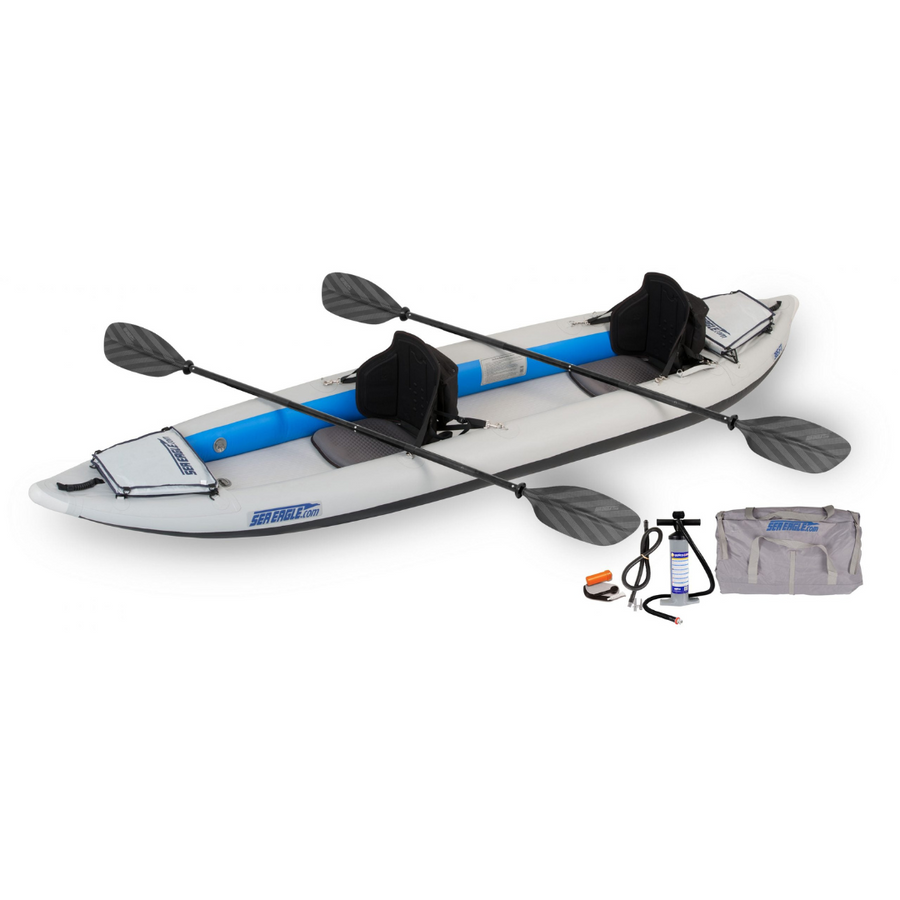
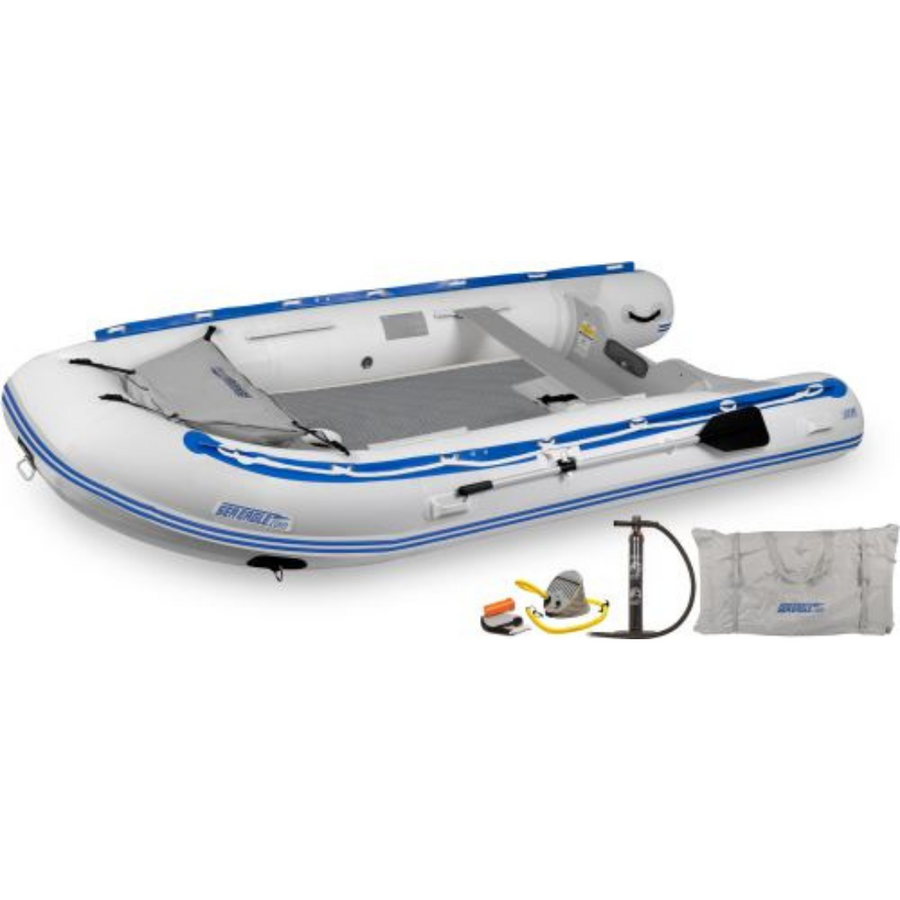
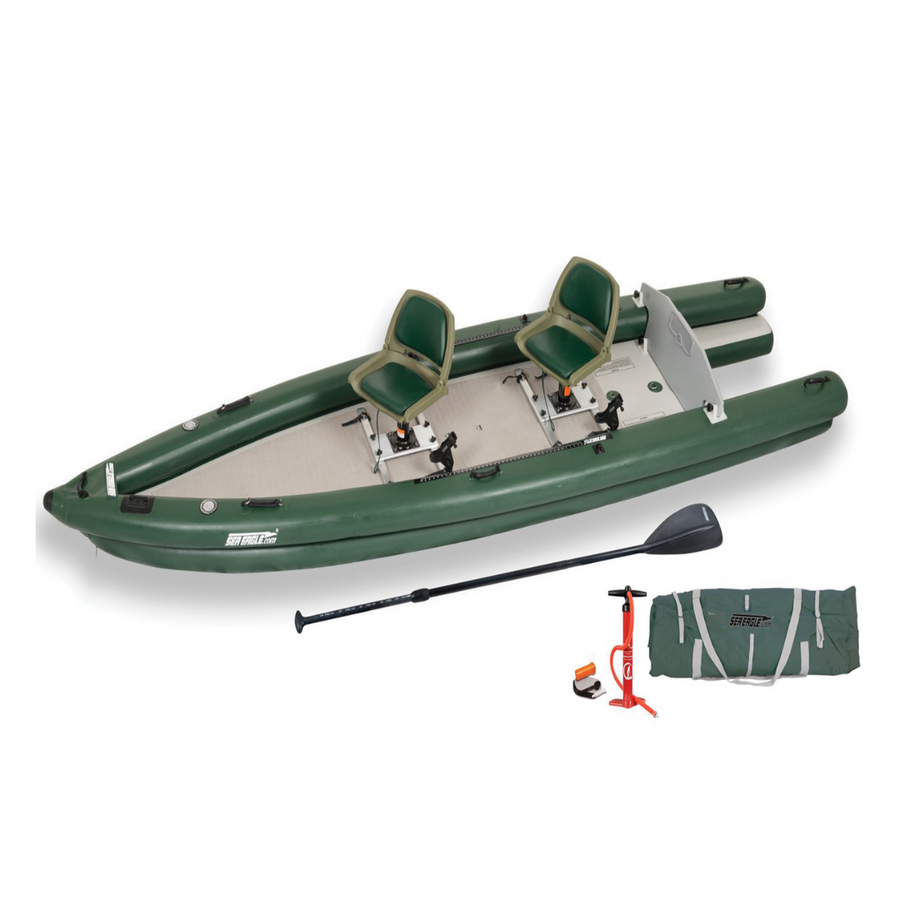
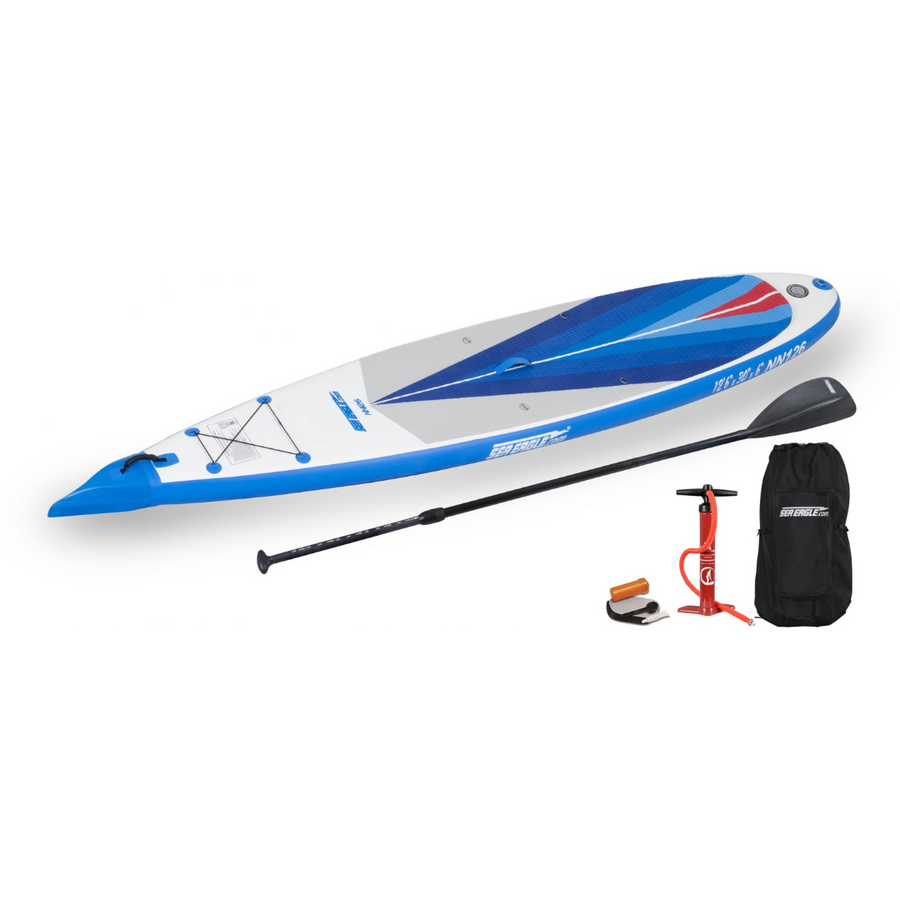
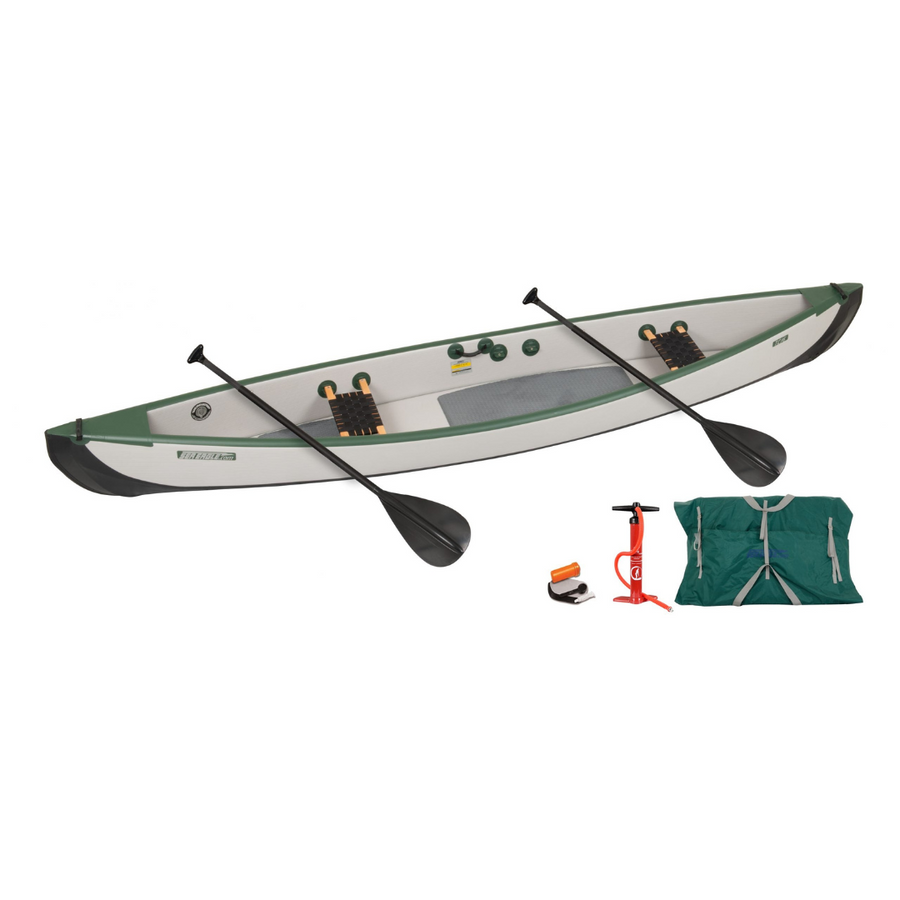
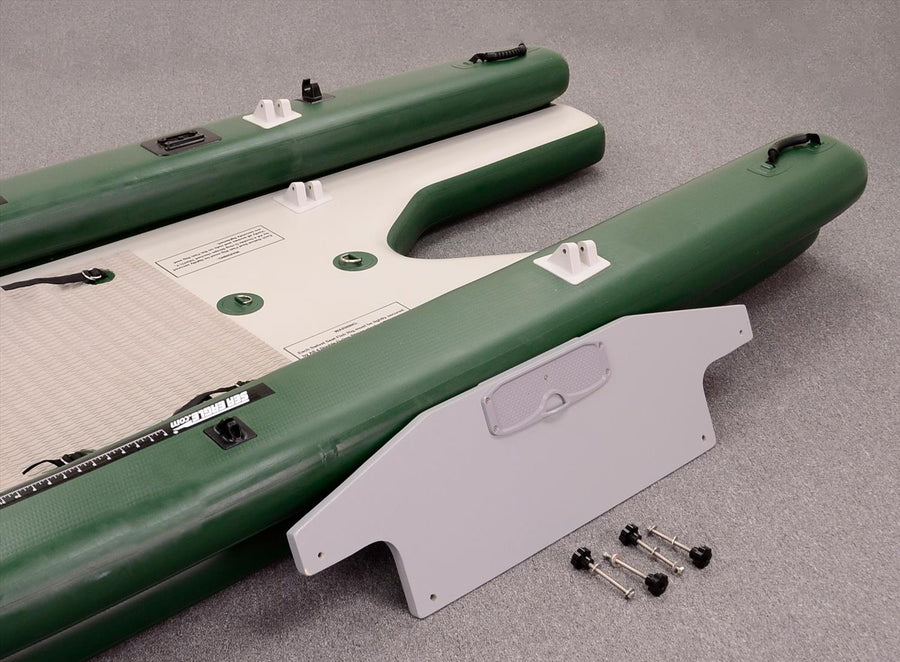


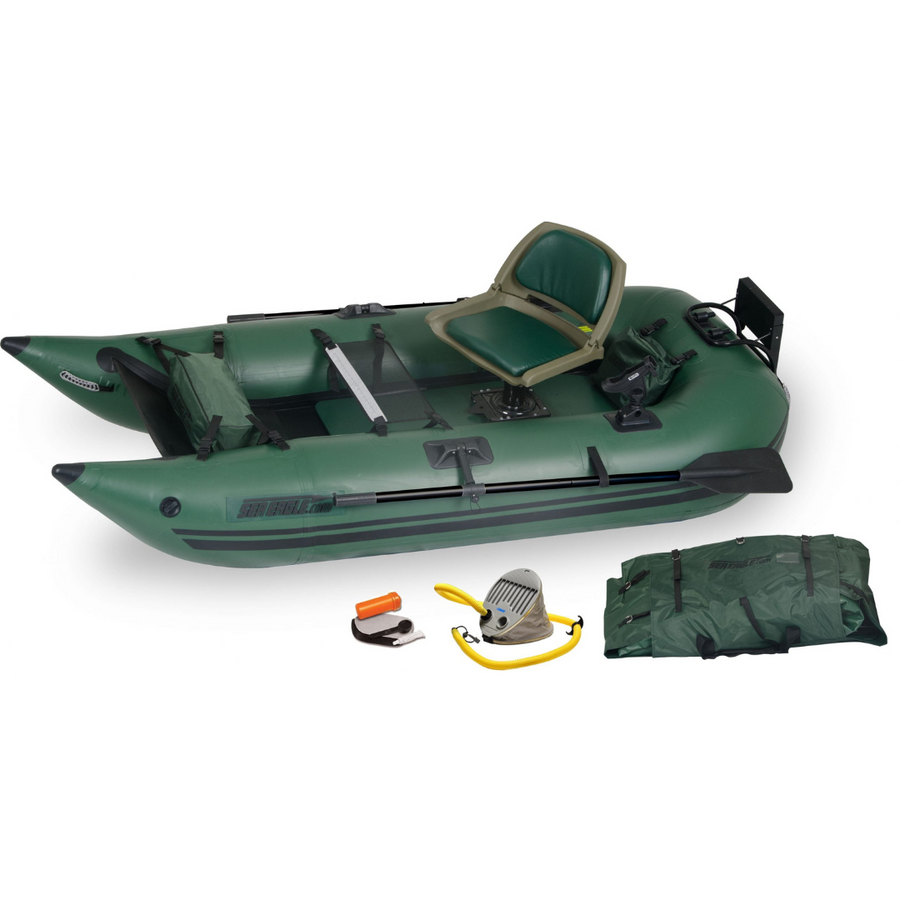
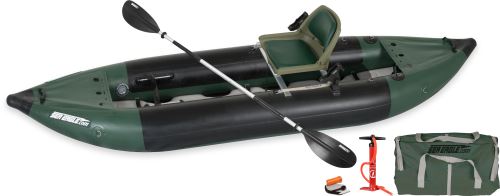
Leave a comment